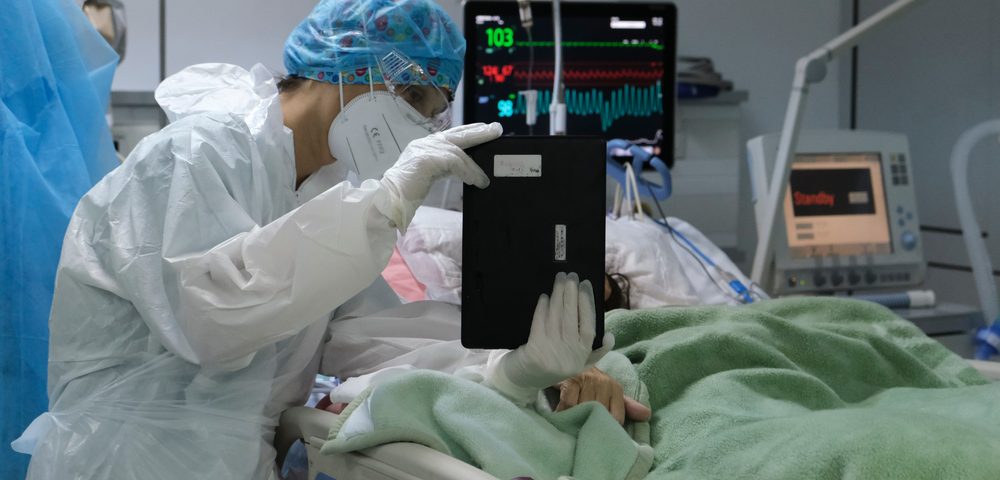


Migration and Integration: Global Cities of the Mediterranean Region in the 18th Century
23 November 2020
The Origins of Social Assistance: Helping and Controlling
16 March 2021How does public opinion affect choices during major crisis periods? What elements influence the population? The Coping with Covid-19 project (CoCo), conducted by OSC and CDSP (the Center for Socio-Political Data), followed French citizens in their everyday lives, asking them to evaluate the measures decided by the authorities, particularly those involving a choice between health concerns and support for the economy. How do we position ourselves in this duality? On what basis do we establish our preference? A brief experiment offers insight into how opinions are formed and evolve.
Orienting fears, influencing choices
During the second phase of the CoCo survey from mid-April, a representative sample of the French population forming the ELIPSS1 panel participated in an experiment designed to reveal indirectly the aspect of the crisis that concerned them most.
The participants were randomly divided into two groups and asked to consider the gradual lifting of the lockdown measures implemented in France starting on 11 May 2020 – the date announced by the French President on 13 April 2020.
The research team presented one of the groups with a scenario in which the number of people infected had not fallen to the level predicted by the medical authorities. This group was asked for its opinion on a partial lifting of lockdown measures on 11 May or a continuation of strict lockdown. The same scenario was also presented to the other group but, along with the health figures, this statement was added: “Experts fear that a longer lockdown will further aggravate the economic crisis, with millions of people unemployed and up to 25% of businesses risking bankruptcy.”
Concern shifts sides
Support for the lifting of lockdown restrictions, announced for 11 May, in spite of the contamination rate, was only expressed by 35% of the first group. Caution was the preferred option, with 65% of those questioned preferring to postpone the resumption of normal life until contamination rates had dropped. Inversely, 65% of the second group, having been informed of the experts’ concerns regarding the economic effects of a longer lockdown, were in favour of lifting the lockdown measures. These results suggest that public opinion is sensitive to information perceived as being credible, and contextualises the options proposed.
Responses from the two interviewed groups

Interpretation: The vertical lines represent support for the lifting of lockdown measures in the sample as a whole (35% and 65%, respectively). The bars indicate the respondent profiles defined according to a number of socio-economic characteristics. The blue part shows the proportion of people questioned in favour of lifting lockdown measures on 11 May when told that the number of Covid-19 cases was higher than anticipated. The red part represents the proportion of people questioned in support of reopening when presented with additional information on the potential economic losses. “Coping with Covid-19” — 15-22 April 2020, ELIPSS/CDSP, Author provided.
The ELIPSS panel, a longitudinal survey instrument proposed by the Center for Socio-Political Data, enables regular questioning of a representative sample of the French population since 2012 on various themes of common interest, including political opinions and cultural practices.




